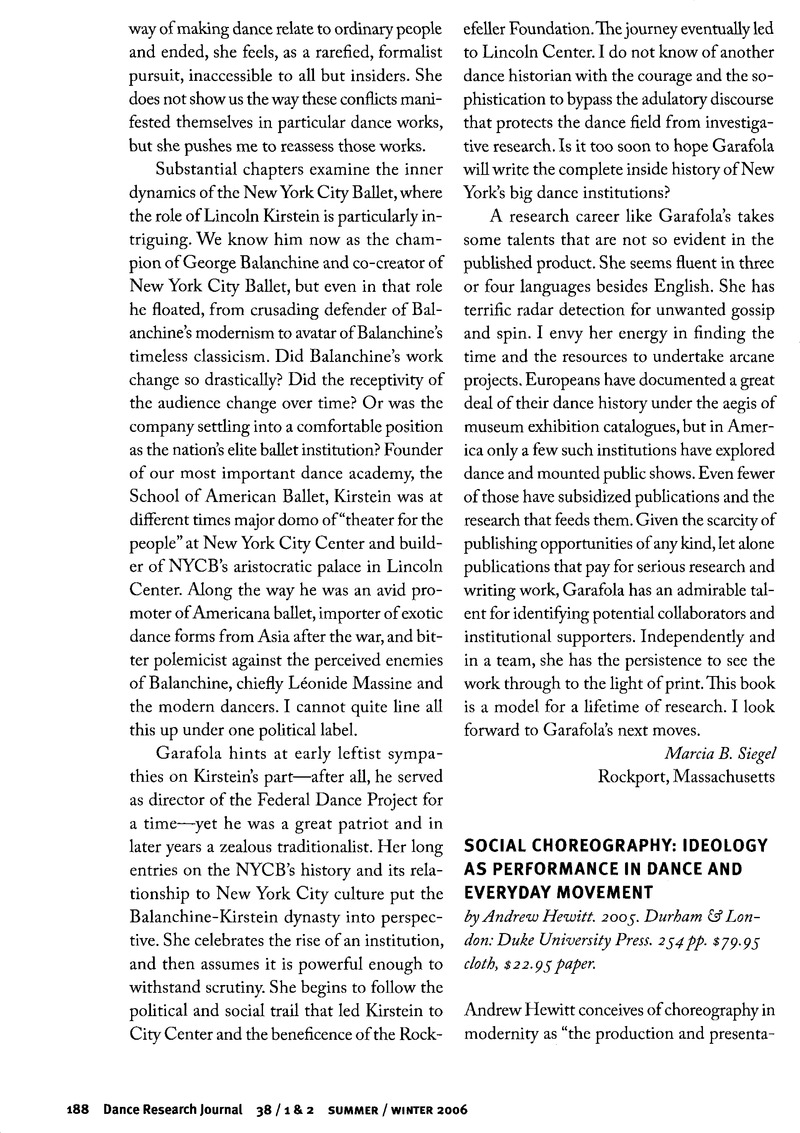Crossref Citations
This article has been cited by the following publications. This list is generated based on data provided by Crossref.
Oatley, Diane
2015.
Becoming Gypsy: Tell Me What the Body Knows in Flamenco Dance.
Nordic Journal of Dance,
Vol. 6,
Issue. 1,
p.
22.





